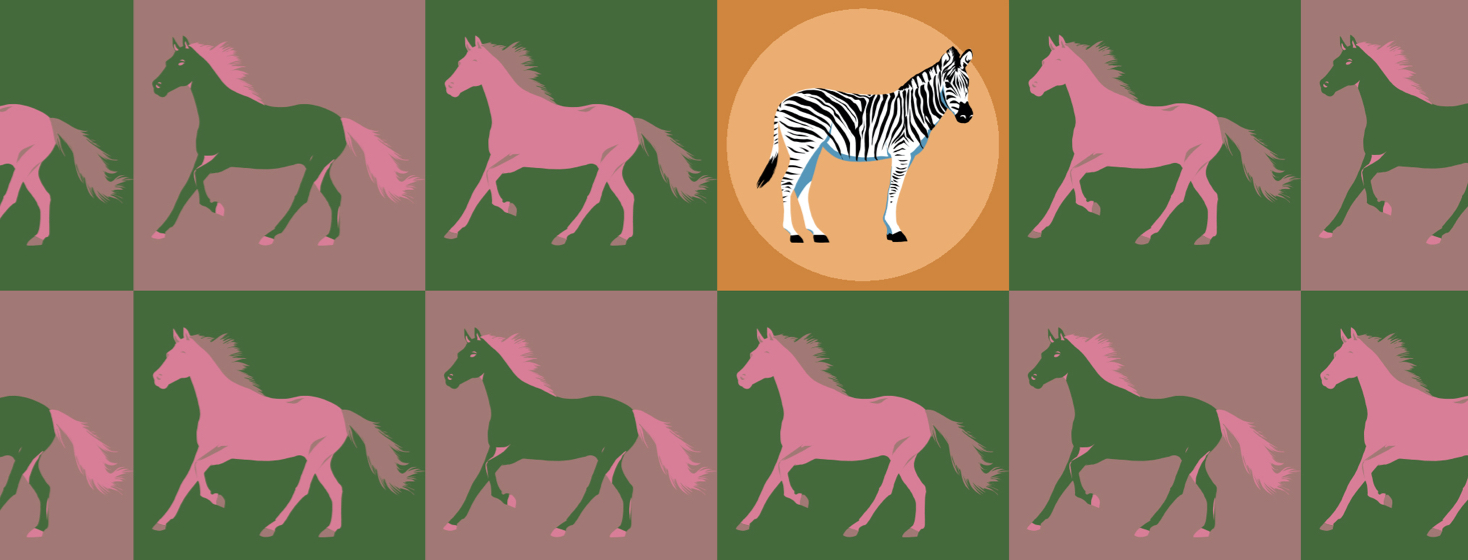Rare Disease Day® and TED
The last day of February is Rare Disease Day® all around the world. It is a day to recognize and raise awareness about rare diseases and how they impact patients and families. The goal is to inform policymakers, public authorities, industry representatives, researchers, and health professionals about more than 7,000 rare diseases.1
There are over 300 million people living with a rare disease around the world, including 25 to 30 million Americans. This means that 1 out of every 20 people will at some point live with a rare disease. About 19 in every 100,000 people have thyroid eye disease (TED).1-3
The origin of Rare Disease Day
Rare Disease Day began in Europe in 2008. It was launched by EURORDIS, the European Organization for Rare Disorders, and its Council of National Alliances. The National Organization for Rare Disorders (NORD) is the official sponsor of Rare Disease Day in the US. NORD has a rare disease database that catalogs information on specific rare diseases.1,2
In the United States, any disease that affects less than 200,000 people is considered rare. This definition comes from the Orphan Drug Act of 1983.2
Many rare diseases go undiagnosed because providers sometimes lack knowledge and information about the broad array of rare conditions. Most rare diseases have no cure, and getting treatment can be hard. There is limited medical research on rare diseases due to the small numbers of people that are affected by each condition.1,2
The objective of Rare Disease Day
Rare Disease Day is designed to raise the profile of and share information about rare diseases. Awareness is needed not only among the general public, but also among scientific, medical, and governmental decision-makers. Awareness among decision-makers can lead to them supporting initiatives that meet the needs of people with rare diseases.1,2
Rare Disease Day is a media campaign with events scheduled around the world. On this day, rare disease societies or umbrella organizations that cover 1 or more conditions work together to promote disease awareness. Local and national organizations plan events in communities and countries globally. The events focus on specific diseases as well as on the broader concept of what a rare disease is.1
The symbol
The zebra is the official symbol of rare diseases in the United States. The black and white stripes of a zebra are unique, which represents the uniqueness of people with rare diseases.2
The day
The first Rare Disease Day in the US was February 29, 2009. Rare Disease Day is always the last day of February. This year, it will be on February 28.
Thyroid eye disease is a rare disease
Thyroid eye disease (TED) is a rare autoimmune condition affecting the eyes and tissues around the eyes.TED occurs more often in women than in men. For every 100,000 people, 16 women and about 3 men have TED. When men have TED, they tend to have a more severe form.4
Get involved with Rare Disease Day
Programming and fundraising that brings awareness to rare diseases can benefit people with thyroid eye disease. Increased funding for research can lead to more effective treatments.
Specific information on Rare Disease Day events in your area can be found at rarediseaseday.org. Literature, media, and marketing materials are also available on the website for those interested in hosting their own event.

Join the conversation